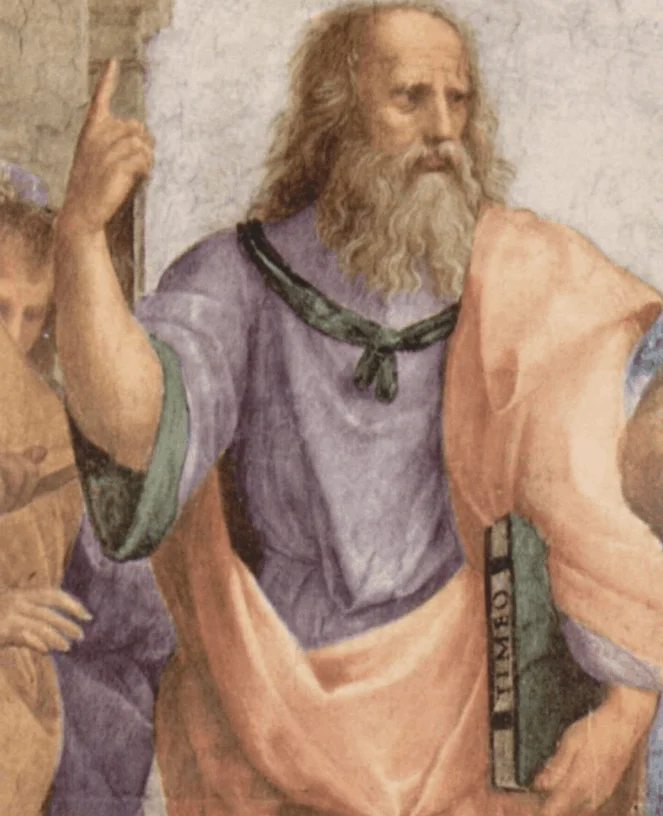One of the greatest geniuses in history scribbled down some of his thoughts and these writings are worth millions of dollars almost 5 centuries later.
That’s why the Codex Leicester, the name of Leonardo da Vinci’s manuscript, was sold at Christie’s auction house in New York to nobody else than Bill Gates in 1994 for a whopping $30,802,500 USD.
That’s the equivalent of over $53 million USD today! Not bad for a work that consists of just 72 pages, right?
Obviously, this is more than the diary of a random individual who might have some pet peeves. Leonardo da Vinci is considered to be the epitome of a polymath. A man who was ultra-geek looking to find solutions for every problem in existence.

The Codex Leicester defines Leonardo da Vinci
This manuscript gives us a clear insight into the active mind of this talented human being, a true master of the Renaissance.
That’s also why he didn’t actually create all that many wonderful paintings, even though that’s how most people remember him today. Apart from being a genius, he was also a master procrastinator who started many projects but finished few.
Did you know that he never actually finished the Mona Lisa painting?
He carried it under his arm on his final journey to France before he eventually passed away on May 2, 1519, at Clos Lucé in the heart of the Ambroise Region in France.

It’s in this châteaux, on his deathbed, that he analyzed his own career and realized that he did way too little with the talent he was given. He felt as if he had offended humanity by not utilizing his extraordinary brain to change the world for the better, at least in more ways than he actually did.

The Codex Leicester pretty much reveals why he felt the way he did in those final couple of days of his life. His abundant intelligence wasn’t matched with equal organizational talent.
That’s why this manuscript, like most of his life, is a collection of random thoughts and insights on a variety of subjects such as, for example:
- Theories on astronomy.
- The properties of water, rocks, and fossils.
- The movement of water.
- The relationship between air and celestial light.
- The luminosity of the Moon.
One important additional note is that all of these scribblings were written backward in so-called “mirror writing,” a characteristic writing style of the ultra-genius who seemed to enjoy doing this out of the ordinary.
The owners of the Codex
The Codex contains 72 pages on 36 sheets and is estimated to have been written between 1504 and 1508. It’s leather-bound and is about 29 × 22 centimeters (11 x 8 inches) in size.
Before it came into the hands of one of the richest men on the planet, it was owned by a number of other individuals. It was named after Thomas Coke, 1st Earl of Leicester, who purchased the work in 1719 from Italian Baroque artist Giuseppe Ghezzi.
It remained part of the Leicester Estate from the year 1759 until it was purchased by American business magnate Armand Hammer in 1980 for $5.1 million USD, the equivalent of over $15.8 million USD today.

That’s why it was also briefly known as the “Codex Hammer.”
When the Codex ended up for sale at Christie’s in 1994, its estimated value was between $8 and $12 million USD, which makes it all the most fascinating that the Codex Leicester eventually was sold for well over $30 million USD.
It’s clear that this is an extraordinary work by a fascinating human being, which is exactly why Bill Gates paid the amount he did for the Codex.

